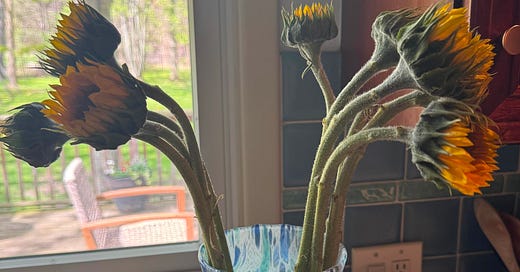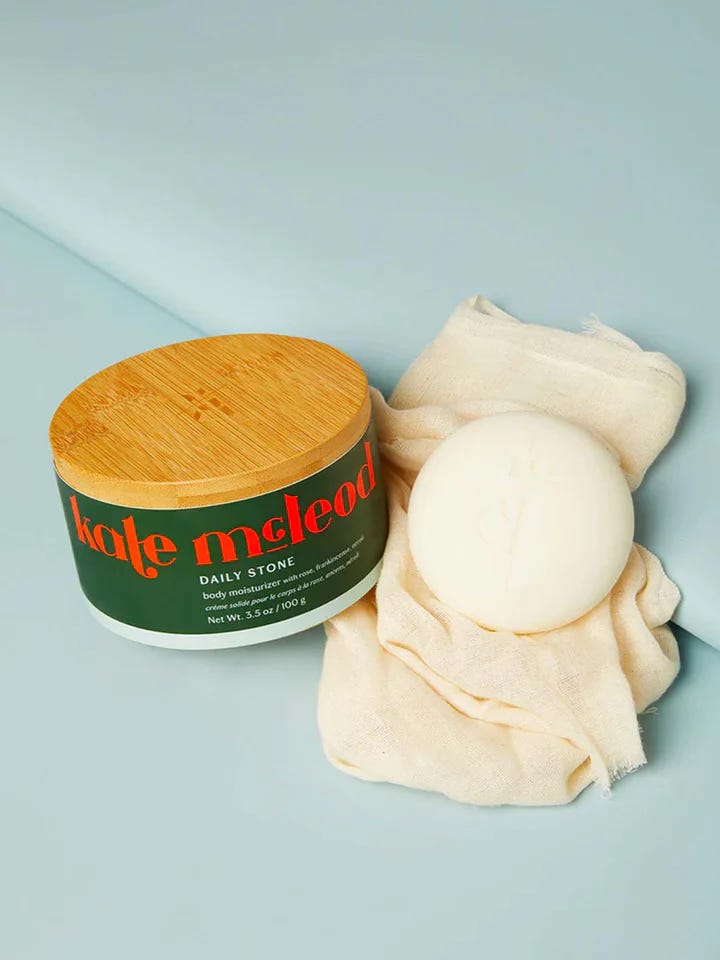Getting your book out into the world is that last, giant step in your journey as an author. However, many authors feel stumped at the crossroads this creates, wondering if they should self-publish or submit to traditional publishers.
Benefits of Traditional Publishing
Having your book published by a traditional publisher is what most people think of when they think about book publication. The biggest benefit of this route is that the publisher handles all of the logistics. They:
Edit
Format
Design
Print
Distribute the book
They get the book listed in the database where bookstores can order it. They obtain an ISBN and list the book for sale on sites like Amazon. They do some publicity. You work with a team that is deeply experienced in doing all of this, and it (usually!) flows smoothly. You don’t have to make a lot of decisions.
Drawbacks of Traditional Publishing
The first issue with traditional publishing is that most large publishers don’t accept submissions directly. So you first need to find an agent, which can add months to your process.
The next issue to be aware of is that although the publisher prints and distributes the book, they have no budget to do much promotion. That is up to the author. They can support you by sending review copies and assisting with book signings, but if you want to generate real interest in the book, it’s up to you to do it all.
It can take a loooonnnnggg time to get your book out. First you find an agent. Then they submit it to publishers. Once a publisher buys it, you have to go through the editing process. Then it gets designed and formatted. Then there is a wait until your pub day.
You may get an advance. If you are lucky enough to earn out your advance, you’ll get a royalty, which is a small percent of sales. However, that only lasts until the book goes out of print. Once it’s out of print, the publisher wants to just sell their remaining inventory (often at a discount). If you want the book to have a life after that, you have to get your rights back and self-publish it on your own.
While it might seem great that the publisher handles all of the details of editing, laying out, and designing the book, it actually means control is taken out of your hands. They often change the title. They may allow you to have “input” on the cover and interior design, but they have the final say. Your book has likely been a deeply personal and important part of your life, and now you have to hand it over to other people to manage. That can be challenging.
Benefits of Self-Publishing
There are several paths to self-publication, but the most common one is to publish the book on Amazon’s KDP platform yourself. You get the book formatted (into a PDF usually) and create the cover either yourself or with assistance. You upload it into the system and make decisions about the size of the book and the color of the paper and other details. You write the book description yourself and set the price. You choose the release date. You get a bigger percent of sales than you do with traditional publishing.
You have the ability to make changes to the book yourself at any time just by uploading the newest version.
You have complete control over the whole process, and you can do anything you want.
There are options other than Amazon, but they all cost you money up front. There are lots of companies that will “help” you self-publish your book and will either require a fee or take a chunk of your royalties.
You could also get the book ready and go to a local printer, but you will have to buy all of the books, store them, and figure out how to distribute them.
Drawbacks of Self-Publishing
The biggest drawback to selling your book through the KDP system is that it won’t appear on bookstore shelves. Bookstores can order the book, but they will not stock it. However, many traditionally published books don’t make it onto many bookstore shelves either. Some authors don’t care about this (particularly if you are using the book as a companion to your coaching service or a class you are offering).
You will need to have the book formatted and the cover created. KDP does have a cover design widget you can use, or you can create a cover yourself on a site like Canva or you could work with a designer.
The book must be in PDF format which is not hard to do, but if you are technically challenged it could feel difficult, mostly because you have to tag all your headers to make sure they will be the right size.
Being in complete control of the book is a benefit but also a drawback. It’s all up to you to move things along, upload the book, and publicize it.
Once a book is self-published it is very unlikely that a traditional publisher will buy it (a lot of authors hope for that, but it hardly ever happens). Making sales is all on you.
Hybrid Publishers
Hybrid publishers are another option to consider.
Benefits:
The publisher handles all the technical and production matters
The publisher handles all distribution
The publisher is usually more involved in publicity compared to traditional publishers
They work more cooperatively with the author, giving you more creative control
The process is faster than traditional publishing
Your book is not categorized as self-published, which can lend more credibility
Drawbacks:
You pay an upfront fee and have to choose a “package”
You may not earn back your investment
You get a royalty that is bigger than with a traditional publisher and smaller than with Amazon
There are many hybrid publishers. Some are excellent. Others offer poor quality and may not carry through on their promises
A book published by a hybrid publisher does not have the same level of credibility as a book from a traditional publisher
You have to evaluate the contract they offer you and clearly understand what they are going to do for you
How to Choose
The first question to consider is what you are hoping the book will achieve. If you are publishing it as part of your business, to establish yourself as an expert, to sell as part of a workshop, or to offer at your speaking engagements, self-publishing is probably the best choice.
If you are publishing a novel or memoir to achieve a dream, provide a legacy for your family, or as a bucket list item, self-publishing or hybrid publishing is a good choice.
In other instances, I usually recommend that authors try to find a traditional publisher first, and if that doesn’t work to consider hybrid or self-publishing.
I’ve worked with authors who have used all three options. As an author myself, I’ve been traditionally published and self-published, and I work as an editor for a hybrid publisher. So I have experience on all sides of this process. All paths are valid and it’s just a matter of choosing the right one for you.
If you’re interested in self-publishing but feel as though you don’t know how to get the book formatted, a cover made, how to manage the KDP system, or how to publicize your book, I have resources to help you with that. I also am available to consult and help you figure out what works for you. And if you want to go the traditional route, I’m a book proposal specialist.
In My World
My son sent me these sunflowers for Mother’s Day, and I’m looking forward to watching them open. We took my mom out for dinner to celebrate. My kids are on the opposite coast so I had to make do with a family Zoom instead of hugs.
Thanks to the reader who suggested I get a bluebird feeder! It is arriving today hopefully. But I’m grossed out that it has to hold dried mealworms. I’ll update you on how it goes!
I spent a lot of time last week updating my LinkedIn profile, and I’m now doing some revamping of my website.
Obsessed With…
I recorded the Judd family documentary on Lifetime and started watching that. I am not a country music fan, but I’m completely riveted by their story.
I’m reading The Griffin Sisters’ Greatest Hits by Jennifer Weiner, and now I know why she vacationed in rural Alaska a couple of years ago - research! Like all of her books, it’s excellent and you won’t be able to put it down. I was reading it last night before bed, turned off the light, and ended up turning the light back on so I could read more!
Good Goods
I’m nuts about the Kate McLeod Body Stone. It’s a solid lotion bar. You rub it on your skin instead of applying lotion. Let me just say, if you have any sensory issues, this is for you. I don’t particularly like the gloppiness of lotion. It gets everywhere, it’s hard to control, and it gets all over your hands. This allows you to have control over application (the warmth of your skin melts it as you rub it over). It feels nice. There are scented and unscented options. It lives in this little wooden box (you can buy refills without the box). I used to just skip the lotion stage of showering and now I look forward to it every time.
Note: some of my links provide me with a small referral commission.







It's so great that you are explaining all the ins and outs of publishing this way. One thing you didn't mention is that having an agent brings no guarantee that your book will find a publisher. That happened to me with a memoir on home care of my mom. I had a famous agent but she was unable to sell the memoir because publishers in 2008 were afraid to touch the subject of death.